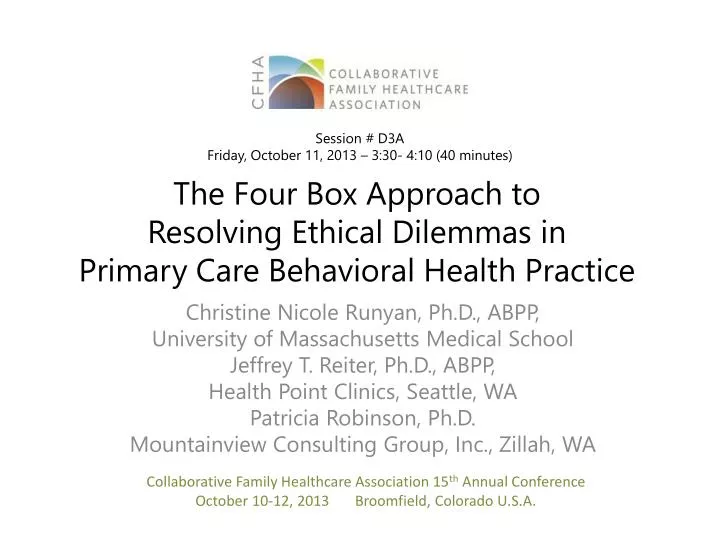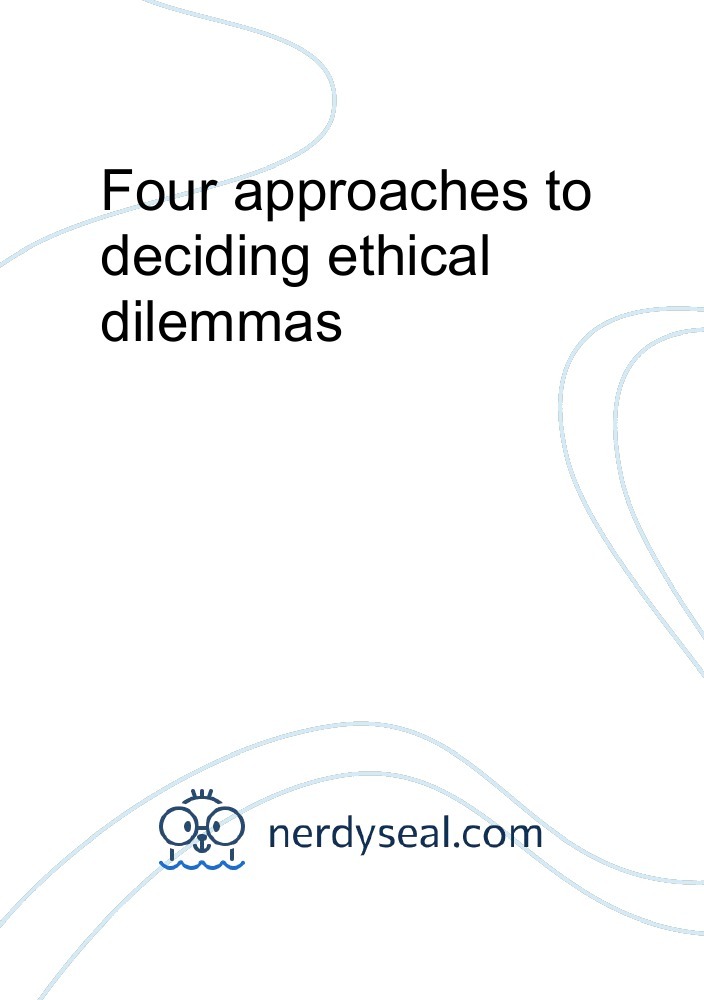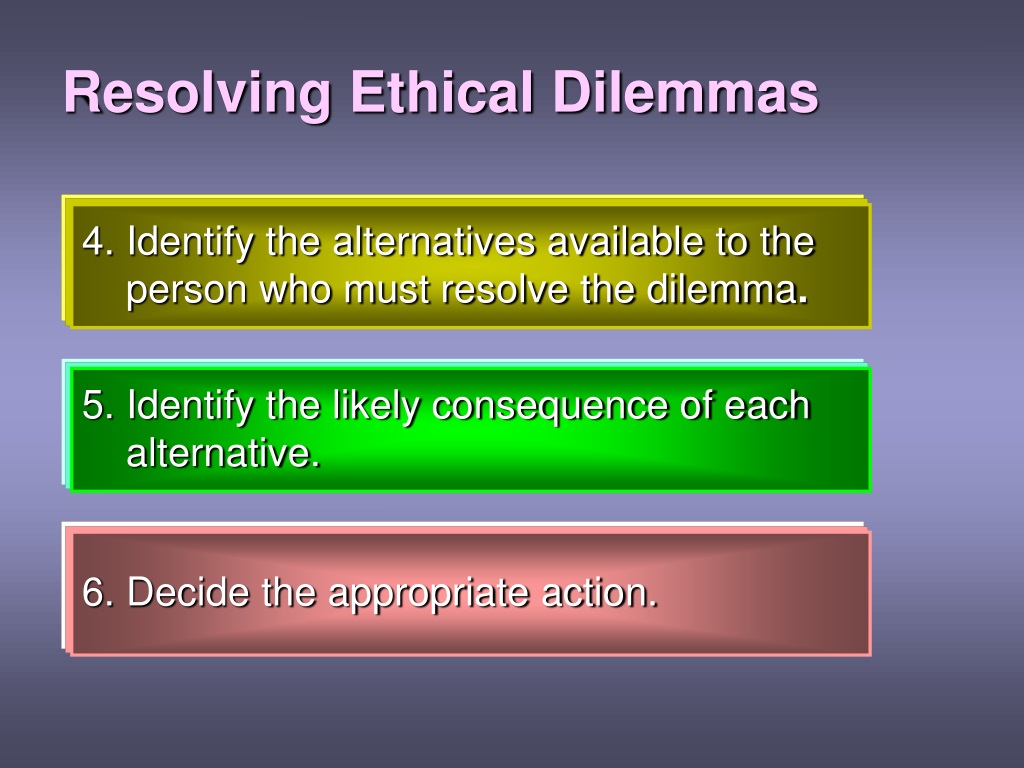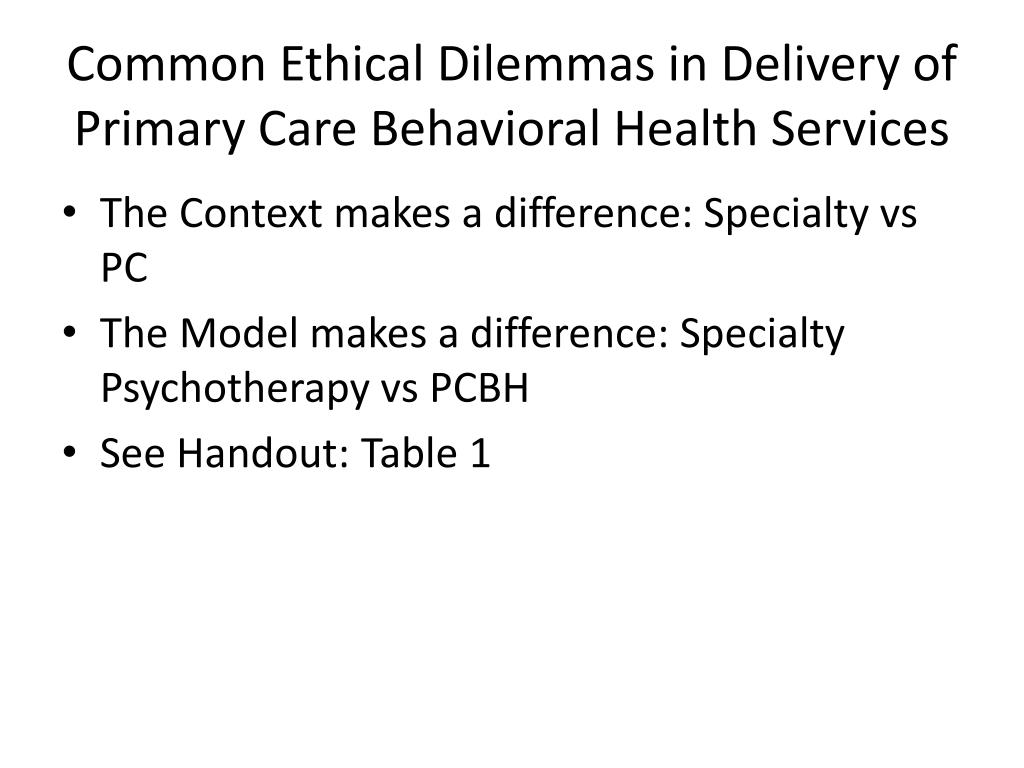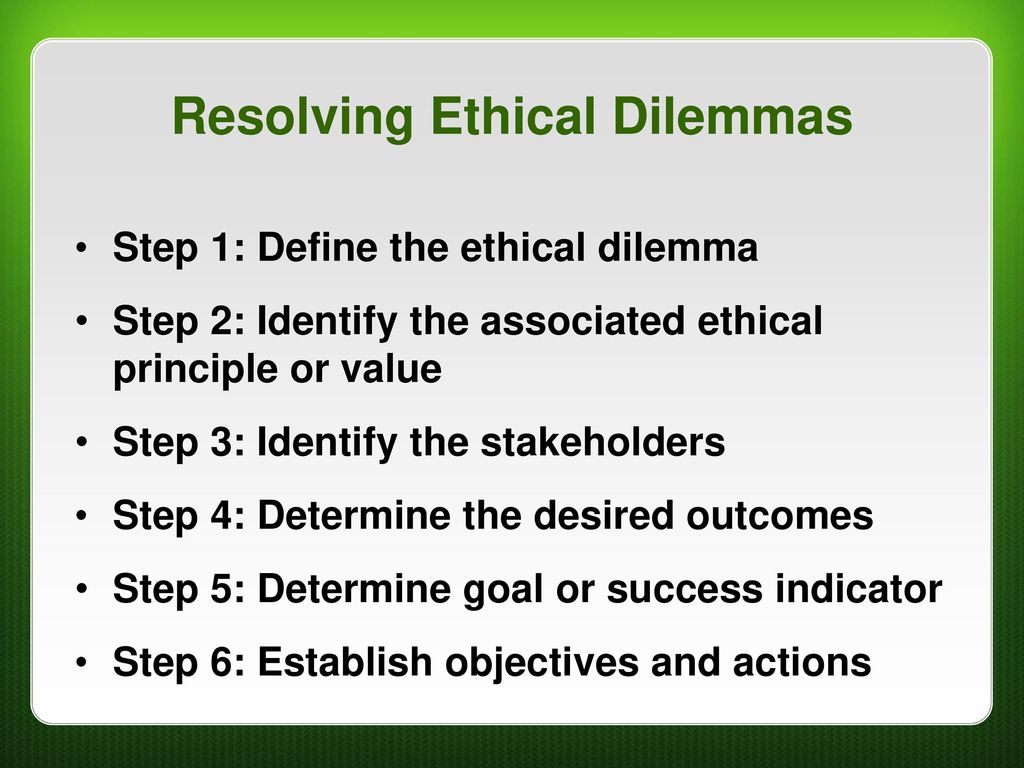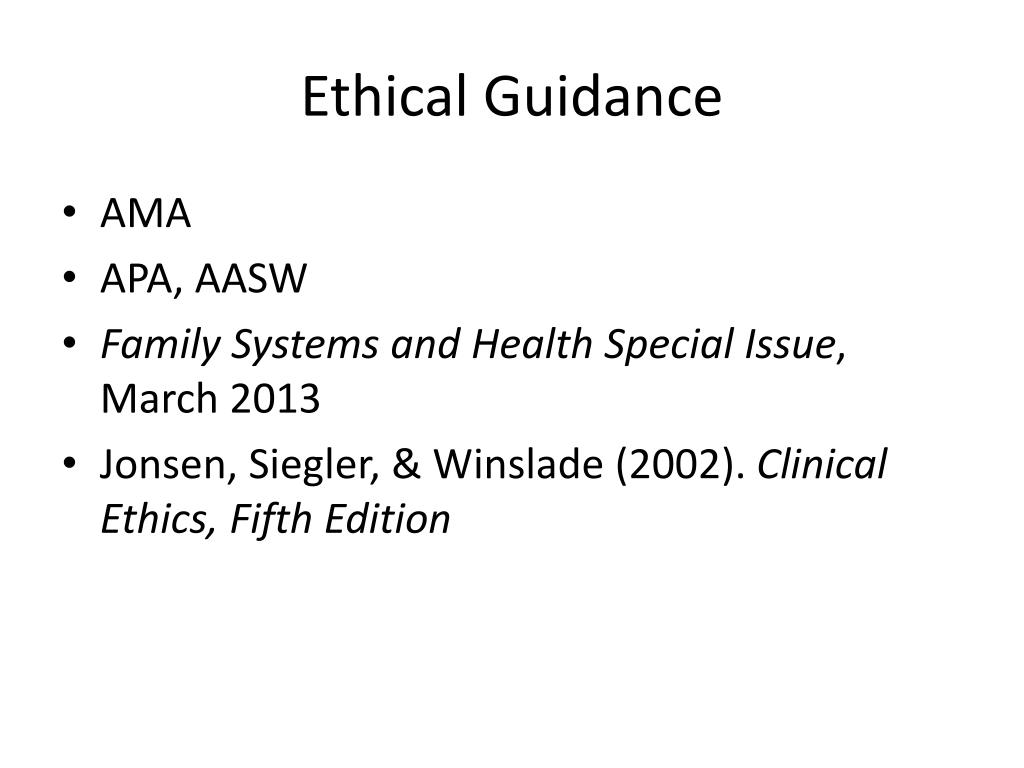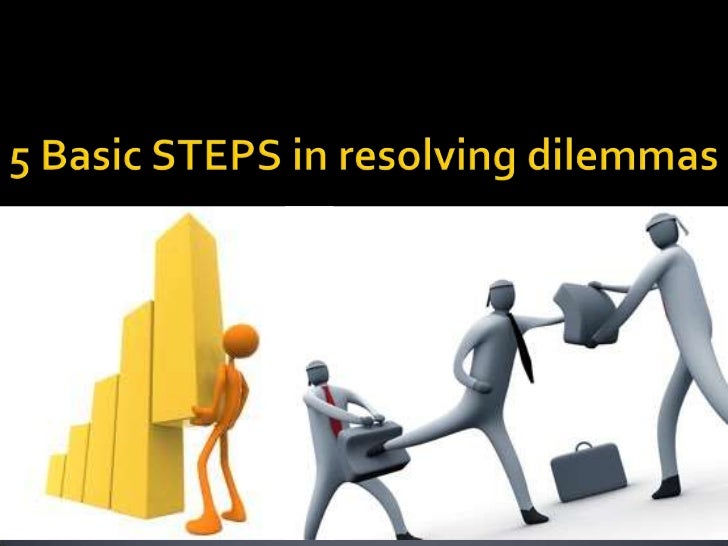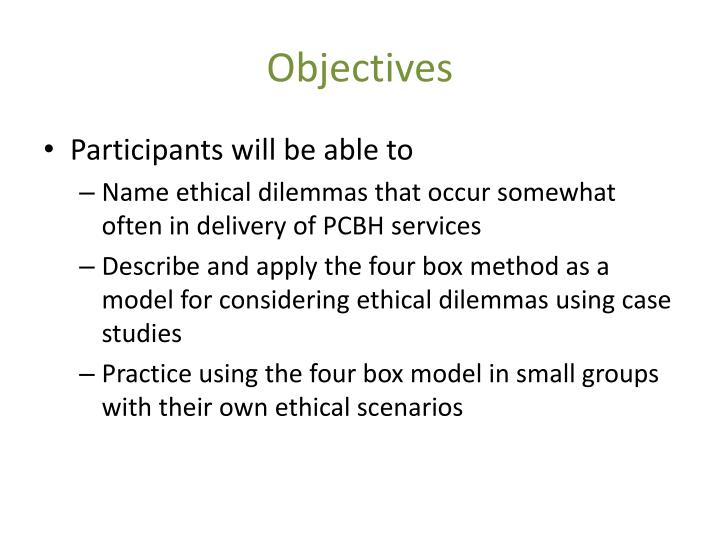Four Approaches To Resolving Ethical Dilemmas

Imagine you're a doctor faced with a patient needing a life-saving drug, but the insurance company is dragging its feet on approval. Or perhaps you're a journalist holding information that could prevent harm but also expose a vulnerable source. These aren't abstract hypotheticals; they are the kinds of agonizing ethical dilemmas professionals grapple with daily, forcing them to navigate murky waters where right and wrong aren't always clear.
This article delves into four distinct approaches that provide frameworks for navigating these tricky ethical situations. Understanding these frameworks allows individuals and organizations to move forward with clarity and confidence, and helps foster ethical decision making.
The Utilitarian Approach: The Greatest Good
The Utilitarian approach, championed by philosophers like Jeremy Bentham and John Stuart Mill, focuses on consequences. It posits that the most ethical choice is the one that produces the greatest good for the greatest number of people.
Imagine a company considering laying off a small percentage of its workforce to save the jobs of the majority. A utilitarian analysis would weigh the suffering of those laid off against the overall benefit of preserving the company and its remaining jobs. It requires a careful calculation of potential outcomes, considering both short-term and long-term effects.
Strengths and Weaknesses
The strength of utilitarianism lies in its focus on overall well-being and its attempt to make decisions based on objective outcomes. However, critics point out the difficulty in accurately predicting and quantifying consequences, and that the rights of minorities might be ignored in favor of the majority.
The Rights Approach: Upholding Dignity
In contrast, the Rights approach emphasizes the inherent dignity and worth of each individual. Rooted in the work of Immanuel Kant and John Locke, this framework asserts that everyone possesses fundamental rights that should not be violated, regardless of the potential benefits to others.
Consider a situation where a company wants to install surveillance cameras in the workplace to reduce theft. Using a rights-based approach, the company would need to carefully consider employees' right to privacy, even if the cameras could potentially deter crime.
Strengths and Weaknesses
This approach prioritizes individual autonomy and protection from harm. The challenge lies in defining and prioritizing these rights, as they can sometimes conflict with one another.
The Justice Approach: Fairness and Equity
The Justice approach is concerned with fairness and equity in the distribution of benefits and burdens. Inspired by the ideas of John Rawls, this framework suggests that ethical decisions should be based on principles that are fair to everyone, especially the most vulnerable.
Imagine a school district allocating resources among its different schools. Using a justice-based approach, the district would strive to ensure that all schools, regardless of their socioeconomic status, have access to adequate funding, qualified teachers, and essential resources.
Strengths and Weaknesses
The justice approach promotes equal opportunity and protects the disadvantaged. However, implementing it can be complex, requiring difficult choices about how to fairly allocate scarce resources and address historical inequalities.
The Virtue Approach: Character and Integrity
The Virtue approach, drawing on the teachings of Aristotle and other ancient philosophers, emphasizes the importance of developing virtuous character traits such as honesty, compassion, courage, and integrity. Ethical decisions are guided by the question: "What would a virtuous person do in this situation?".
Consider a salesperson tempted to exaggerate the benefits of a product to close a deal. A virtue-based approach would encourage them to act with honesty and integrity, even if it meant potentially losing the sale. Acting virtuously, such as being honest and transparent, is more important than the result itself.
Strengths and Weaknesses
This approach promotes personal responsibility and emphasizes the importance of moral character. The downside is that virtues can be subjective and culturally dependent, making it difficult to apply them universally.
In conclusion, navigating ethical dilemmas requires careful consideration, and no single approach is a perfect solution. By understanding the strengths and limitations of each framework – utilitarianism, rights, justice, and virtue – individuals and organizations can make more informed and ethical decisions, promoting a more just and compassionate world. It is important to reflect on the values and implications of the decision before moving forward.
